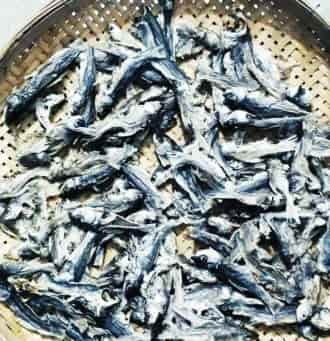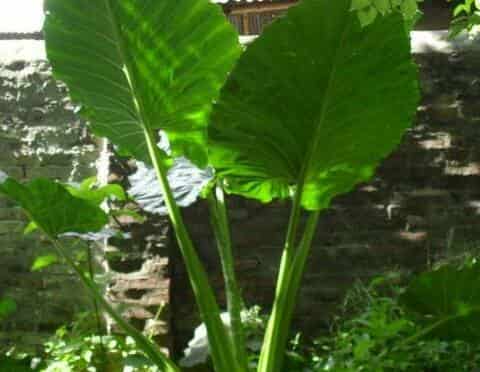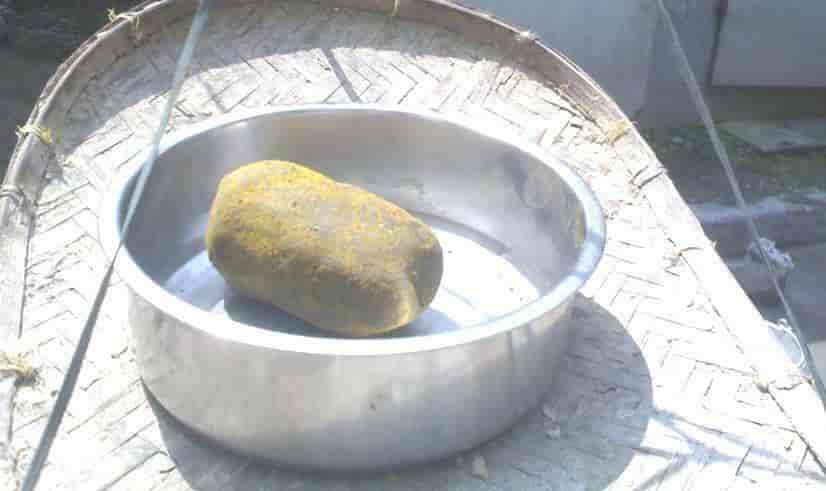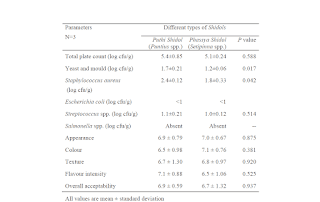Traditional Shidol / sidol preparation
We know that Shidol has a high consumer acceptance and has contributed in many ways to the diet of the aboriginal Koch Rajbanshi as well as other people of north eastern part of India. Generally, this indigenous product is prepared exclusively from small freshwater fish, like Puti and Mowa fish subjecting to fermentation, for five to six months. In northeast India, Shidol has been an important kitchen commodity and thus has important market value.
Shidol has high nutritive value as reported. The important factor which determines the value of a fish product is its biochemical composition and processing techniques often tends to affect the nutritional value of food products. Steinkraus (1996) determined the optimum condition for fermentation, the essential microorganisms, the biochemical, nutrition, flavour, texture and toxicological problems that could arise during fermentation. Jafri (1968) suggested that the evaluation of the biochemical composition was a primary factor relating to its nutritive value, acceptability quality and sensitivity of various processing methods. The quality of a fish product is also judged by its microbiological characteristics. Uncontrolled growth of microorganisms, in such fishery products may lead to serious implications on the storage quality and safety of the product (Abraham et al., 1993). During fish processing, chances of microbial contamination are prevalent.
Preparation of Shidol by the Koch Rajbongshi community
Shidol is a dried and semi-fermented fish product prepared by the Koch Rajbongshi community of lower Assam is almost similar with Namsing of Mishing community. The paste is prepared from the dried fish powder and small pieces of the stalk of Colocassia (Kochur dari). Spices are added to the paste, according to the desired taste. Several balls are made from the paste and wrapped tightly with Colocassia leaves and these balls are placed inside the earthen pots, which are then closed air tight with polythene sheet and are kept in a dark place for fermentation. After 4-5 days of fermentation, the product is ready for consumption. The balls are taken out from the earthen pot and dried under direct sunlight periodically, at least once a month. The sundried balls are preserved in bottles or cans for future use. The product is consumed after roasting or frying in oil or as Chutney by adding little bit of salt and mustard oil with the product.
(Source: Thesis Paper, B K Kakati, 2013)
Traditional method of Shidol preparation
Step 1. Preparation of raw materials: Fresh Mowa/Puti fish was collected of uniform size from natural resources as soon as they are harvested. Then the fishes were degutted and washed properly with good quality water to remove dirt and slime.
Step 2. For drying: Dressed fishes were dried under sun on raised bamboo platforms to reduce the moisture content. Care was taken for non infestation of fishes with insect pest during sun drying.
fish drying under sun light
Step 3. Araceae (Mana kochu) stems to be collected and cleaned with water. The pulpy stems will be used in next step.
Aaraceae (Mana Kochu)
Step 4. Mixing: Now sun-dried Mowa/Puti fish has to be crushed in a wooden pestle morter (saam gaain). During crushing 3-4 pieces of araceae steam need to be mixed with fish dust into morter. Little bit mustered oil is added during this process.
Wooden Pestle /morter (Saam gaain: Kamtapuri/Rajbanshi language)
Step 5: The mixing is carried out till entire mass become fine paste.
Step 6: Now entire mass is taken out from morter and mould it in round or elliptical shape for partial sun drying .
Step 7: A thin layer of turmeric powder with mustered oil is spreaded on round shaped paste surface (shidol ball) and partial sun-dried on a bamboo made perforated tray hanging with rope through its centre.
Partial sun drying of Shidol ball
Step 8: The shidol ball is dried for 4-5 days depending on the intensity of light so that final moisture content remain upto 8-10%. It is now ready for consumption.
Step 9: The Shidol ball may be preserved for upto 4-5 months or even more depending on preservation condition










